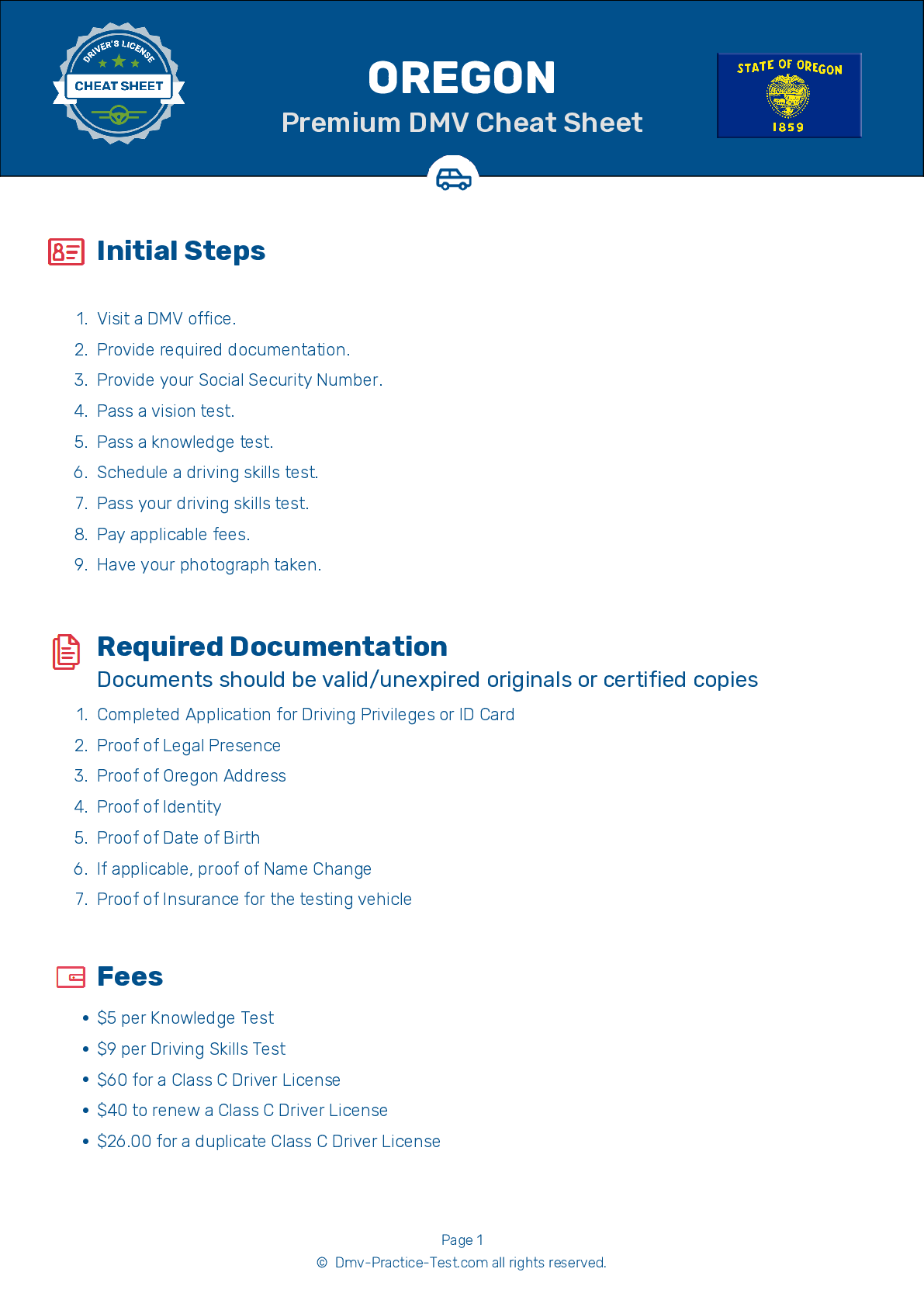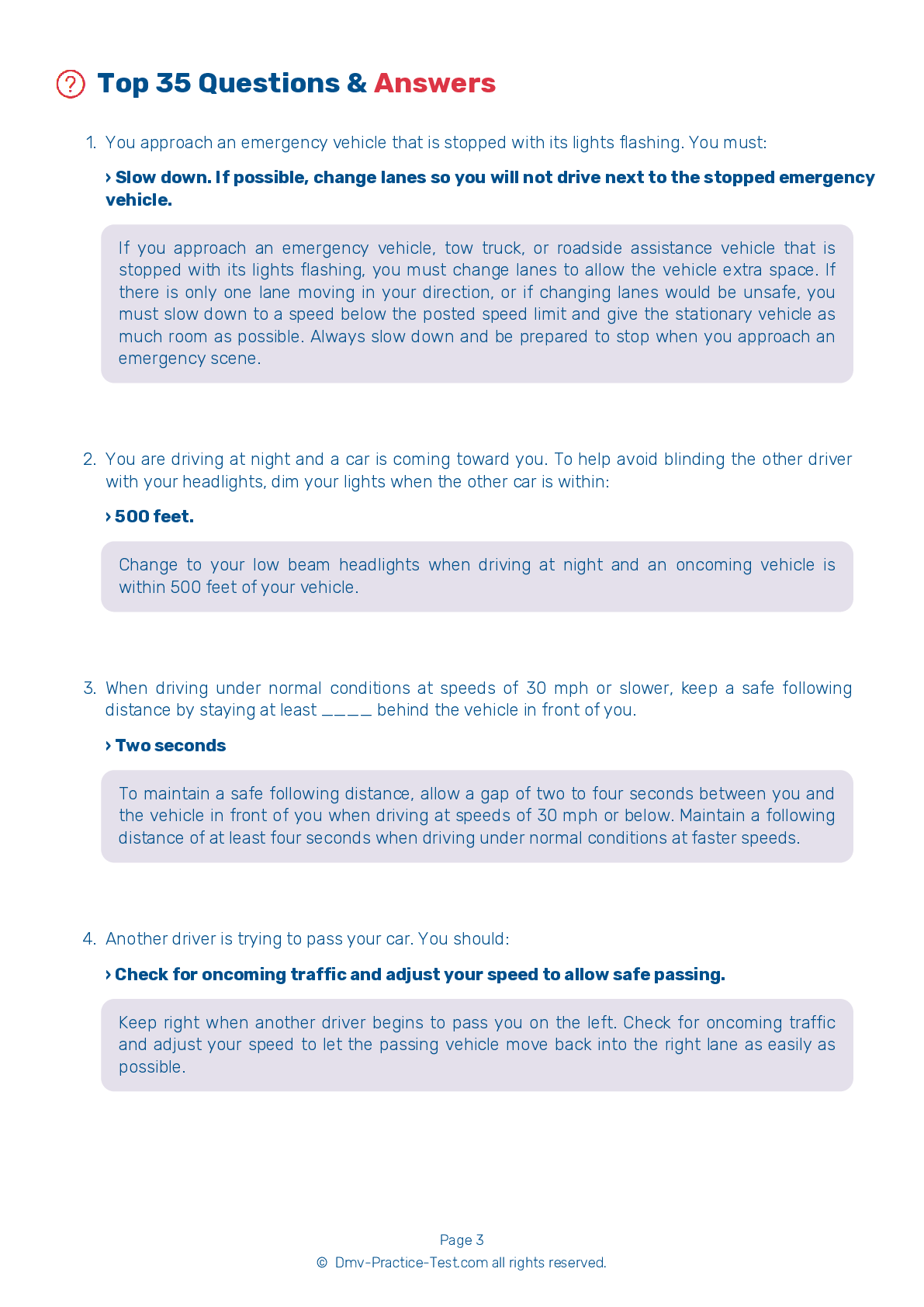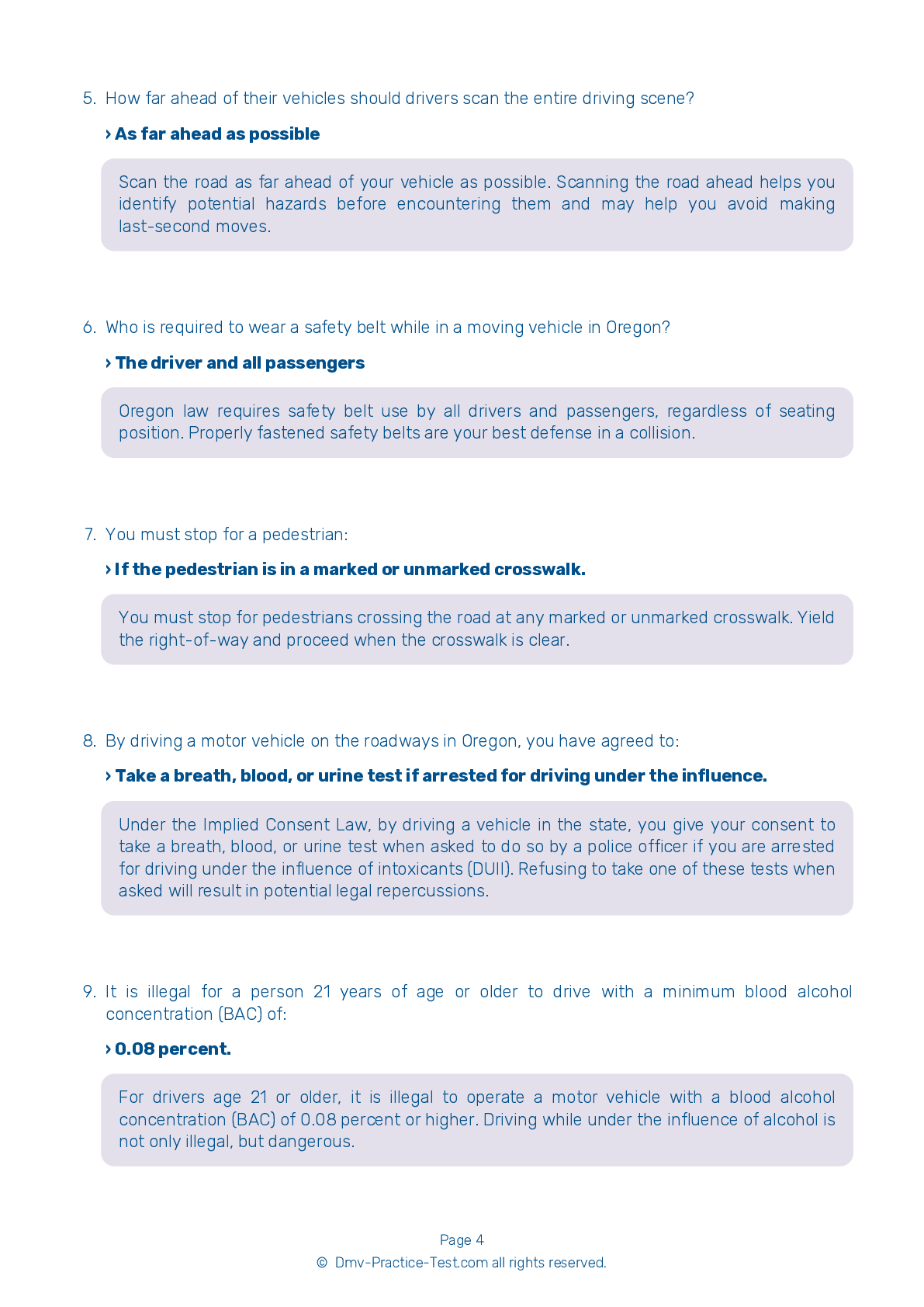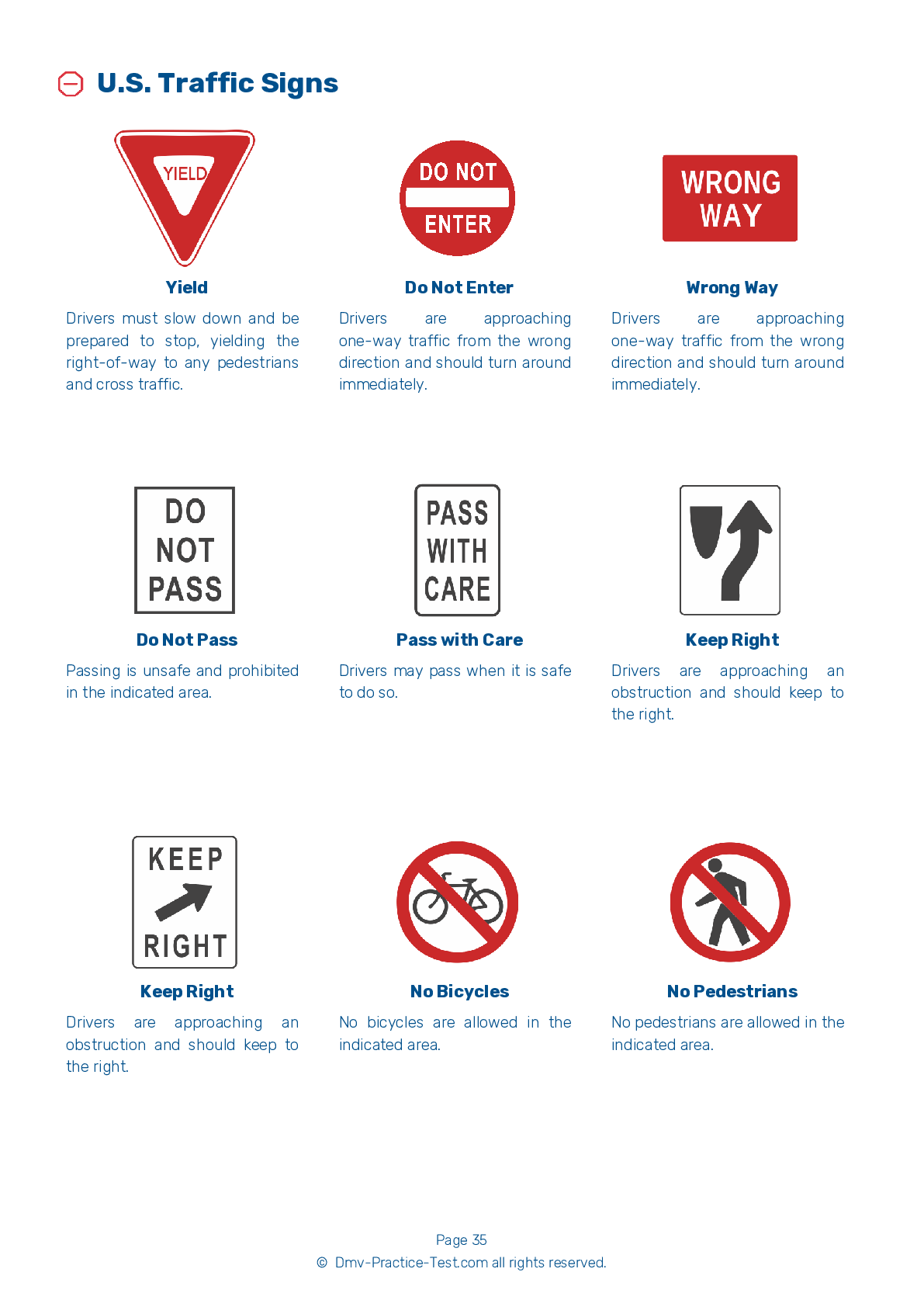FREE Oregon DMV Practice Test #15
The practise exams for the Oregon DMV have been updated for January 2025. It includes questions based on the most important traffic signals and regulations for 2025 from the Oregon Driver Handbook. To study for the DMV driving permit test and driver's licence exam, use actual questions that are very similar (often identical!) to the DMV driving permit test and driver's licence exam.
Each question on the practise exam has a tip and explanation to help you recall the ideas. Questions about traffic rules, traffic signs, and driving statutes, as well as knowledge from the Driver Handbook, will be included in the written portion of the official Oregon DMV test.
You must properly answer 28 of the 35 questions to receive a passing mark. Use the Oregon Department of Motor Vehicles' practise exam to help you prepare for your instruction permit or driver's licence.
The DMV exam is offered in a variety of languages.
Using any form of testing help will result in an automatic fail, and the DMV may take further action against your driver's licence, so avoid it.
1 . In which of the following ways can alcoholic beverages affect you?
Alcohol dulls the parts of your brain that control inhibition, judgment, and self-control. As a result, you may feel stimulated, lively, and a bit giddy or foolish after consuming alcohol. Alcohol also impairs your reaction time, coordination, and balance. Your vision and ability to judge distance suffers after alcohol consumption, making it difficult to react to your surroundings.
2 . You are making a left turn from a two-way street onto a one-way street. When you have completed the turn, your car should be:
If you are turning left from a two-way street onto a one-way street, you should complete the turn into the lane closest to the lane you have just left.
3 . When parallel parking between two cars, you should first:
After finding a parking space, checking traffic, and signaling, you should stop parallel to the vehicle directly ahead of your desired parking space before turning your wheel to park.
4 . Don’t follow other cars too closely because:
If you follow too closely and the vehicle in front of you slows or stops suddenly, you may not have enough time to avoid a collision.
5 . When driving in fog, you should use your:
If you must drive in foggy conditions, you should use your low beam headlights, as well as your fog lights, if your vehicle has them. High beams direct their light upwards, where it can bounce off the fog and into your eyes, reducing visibility even more.
6 . This sign means:
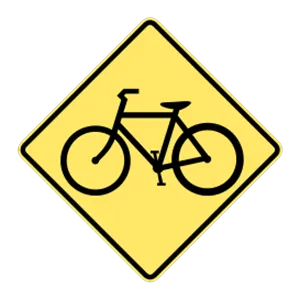
This sign provides advance warning that bicycles may be present.
7 . This sign means:
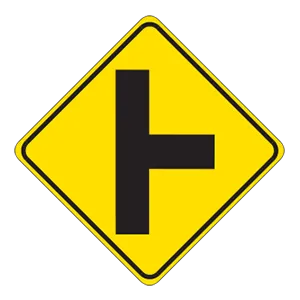
Warning signs prepare drivers for upcoming road conditions and hazards and are usually yellow with black markings. This sign tells drivers to be aware of potential traffic entering from an upcoming side road.
See the exact questions that will be on the 2025 Oregon DMV exam.
99.2% of people who use the cheat sheet pass the FIRST TIME
LT gives us an insight on how the cheat sheet provided her with all the study questions she needed before taking her test.
Joe initially studied with the handbook and failed his test, he eventually found us online, studied and pass his test the first time around.
